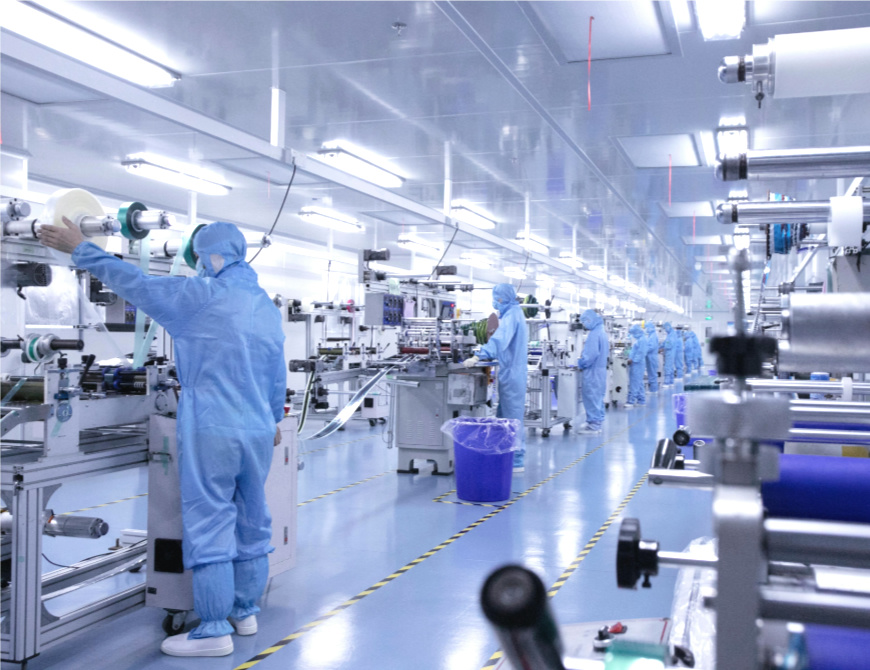Die-Cutting Essentials for the Novice Designer
Embarking on a journey into the domain of design entails not just ingenuity but also an awareness of the instruments and technologies that bring visions to life. One such transformative method is the die-cutting process, a pivotal technique in various industries ranging from tech to automotive manufacturing. For aspiring designers, understanding die-cutting can open up a dimension of possibilities for material handling and intricate design execution. Die-cutting is a advanced fabrication process used primarily to slice, shape, and produce materials into particular custom shapes and designs. Using sharp steel blades formed into specific patterns, die-cutting machines cut precise cutouts from a wide range of materials. The Breadth of Die-cutting Solutions A range of materials can be easily processed through high-tech die-cutting technologies, permitting novice designers to test and imagine without limits. The capability to work with materials like Die-cutting Mylar Film, Die-cutting EMI Foam, and Die-cutting Conductive Foam empowers designers to serve specialized sectors, including electronics where components like PCB Shielding Gaskets and Thermal Gap Pads are essential for effectiveness and longevity. Automotive Innovations through Die-Cutting In the auto sector, precision is not just recommended; it’s paramount. Automotive Die Cutting encompasses a diversity of applications, from creating detailed gasket components to integrating Foil Heat Shields that protect vehicle components from high heat. Silicone Rubber Gaskets made through die-cutting deliver excellent durability and temperature resistance essential for high-performance vehicles.  Electric Vehicles and Die-Cut Solutions The emergence of electric vehicles has brought about an increased demand for customized components such as Die-Cut Solutions for Electric Vehicle Batteries. These components must meet strict standards for performance and safety, something that meticulous die-cutting can deliver. The flexibility of die-cutting solutions guarantees that branching into new areas like EV battery production is a smooth process for new designers. Benefits of Harnessing Die-Cutting Technology Die-cutting distinguishes itself due to its capability in delivering quality and efficiency. Leveraging this technology means embracing versatility – the ability to fabricate from single prototypes to bulk runs, all while ensuring consistency in output quality. This efficiency greatly benefits designers seeking to optimize their project budgets without diminishing on the detail or the scale of their designs. Furthermore, the consistency of modern die-cut systems ensures that once a pattern is set, the process can be reproduced with consistency across numerous projects. This repeatability is vital for designers who need to uphold brand consistency and provide reliable results across diverse product lines or projects. For inexperienced designers, understanding the scope and capabilities of die-cutting can notably enhance their design techniques and final product quality. Whether it’s creating customized packaging with distinct shapes, manufacturing parts for tech gadgets, or constructing specialized automotive components, die-cutting gives designers a strategic advantage in both creativity and market readiness. Partnering with leading providers of these technologies not only assists in achieving detailed designs but also ensures support throughout the project cycle, from initial idea through production. This guidance is essential for those new to the field, supporting them handle complex design challenges with expert assistance. As we adopt more advanced manufacturing processes, the potential for design innovation multiplies exponentially. Die-cutting not only supports this growth but fast-tracks it, providing designers with the means necessary to realize visions into tangible products. Thus, adopting state-of-the-art die-cut solutions is more than just an investment in technology—it’s an investment in future possibilities. For more details about Die-cutting Mylar Film take a look at this useful webpage
Electric Vehicles and Die-Cut Solutions The emergence of electric vehicles has brought about an increased demand for customized components such as Die-Cut Solutions for Electric Vehicle Batteries. These components must meet strict standards for performance and safety, something that meticulous die-cutting can deliver. The flexibility of die-cutting solutions guarantees that branching into new areas like EV battery production is a smooth process for new designers. Benefits of Harnessing Die-Cutting Technology Die-cutting distinguishes itself due to its capability in delivering quality and efficiency. Leveraging this technology means embracing versatility – the ability to fabricate from single prototypes to bulk runs, all while ensuring consistency in output quality. This efficiency greatly benefits designers seeking to optimize their project budgets without diminishing on the detail or the scale of their designs. Furthermore, the consistency of modern die-cut systems ensures that once a pattern is set, the process can be reproduced with consistency across numerous projects. This repeatability is vital for designers who need to uphold brand consistency and provide reliable results across diverse product lines or projects. For inexperienced designers, understanding the scope and capabilities of die-cutting can notably enhance their design techniques and final product quality. Whether it’s creating customized packaging with distinct shapes, manufacturing parts for tech gadgets, or constructing specialized automotive components, die-cutting gives designers a strategic advantage in both creativity and market readiness. Partnering with leading providers of these technologies not only assists in achieving detailed designs but also ensures support throughout the project cycle, from initial idea through production. This guidance is essential for those new to the field, supporting them handle complex design challenges with expert assistance. As we adopt more advanced manufacturing processes, the potential for design innovation multiplies exponentially. Die-cutting not only supports this growth but fast-tracks it, providing designers with the means necessary to realize visions into tangible products. Thus, adopting state-of-the-art die-cut solutions is more than just an investment in technology—it’s an investment in future possibilities. For more details about Die-cutting Mylar Film take a look at this useful webpage